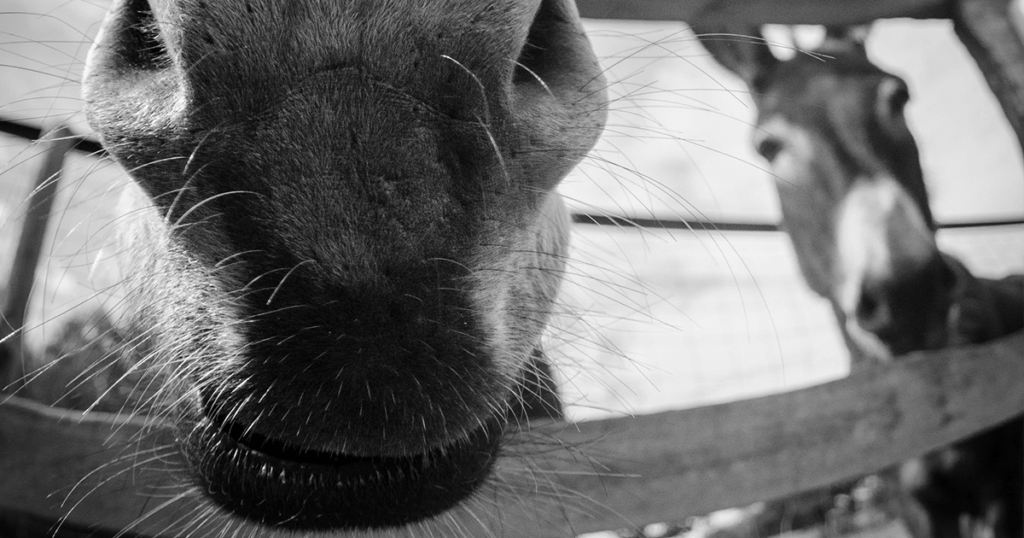
My donkey will eat almost anything. Avocado skins, banana peels, and in the fall the pods of both black beans and large white beans, curled and dried in the sun, crunchy as chips. But he won’t eat onion skins, though he’ll eat the green tops happily. And he won’t eat broccoli stems, cauliflower, or cabbage. Strange. Even my kids eat cabbage, though not in every form. Stir-fried with tofu and onion, it gets a thumbs up, but prepared as in cocido, it’s their noses they turn up, which I can’t understand.
Cocido madrileño is a typical Madrid dish of garbanzos, cabbage, and sausage, which I first ate about 30 years ago in a quiet square in Madrid on May 2, a regional holiday on the anniversary of the 1808 uprising in Madrid against the French troops occupying the country. The uprising was put down by the end of the day, but it proved to be the first act of the war for Spanish independence, which lasted until 1814. Two of Francisco de Goya’s most famous paintings, El dos de mayo de 1808 and El tres de mayo en Madrid, are about the uprising, the first showing the fighting in the streets, and the second the summary executions the next day. About 500 Spaniards died in Madrid in the uprising, but many, many more, some 20,000, starved to death there in the famine between 1811 and 1812. Famine is one of the themes in Goya’s series of prints, Los desastres de la guerra, The Disasters of War. In commemoration, shouldn’t we in Madrid do without food for half a day rather than fill our stomachs? But we did fill them, and the food was cocido.
Cocido is sometimes also served free to the public two weeks later at the local holiday for the patron saint of Madrid, San Isidro, the author of 400 miracles. Again, music and laughter fill the streets. Whether for past heroism, past tragedies, or past miracles, the celebration is the same—dance, music, puppets or plays, and of course food. Does anyone really care what is being commemorated? Surely not by the end of the day, and perhaps not even at the beginning. About the war or Goya or even cocido, I knew nothing that warm May day, happening early upon the preparations. I don’t remember being surprised. What I remember is the dusty square. Great vats of stew. Young, sleepy-looking soldiers moving tables about, or carting huge paper sacks filled with bread, moving the olive-green trucks in to unload and then maneuvering them out of the way into a corner of the square. People meandering in, all welcome, the poor, the hungry, the patriotic, and the curious. Someone asked if they could eat, someone looked around for approval, someone nodded, and, without fanfare, the feast began. Wine was handed out, a bowl of stew, and a roll. People wandered off to sit on a bench or a wall and savor it, and indeed it was worth lingering over, soldiers feeding the people, no one starving, no one fighting, but reinforcements and more supplies arriving throughout the afternoon.

